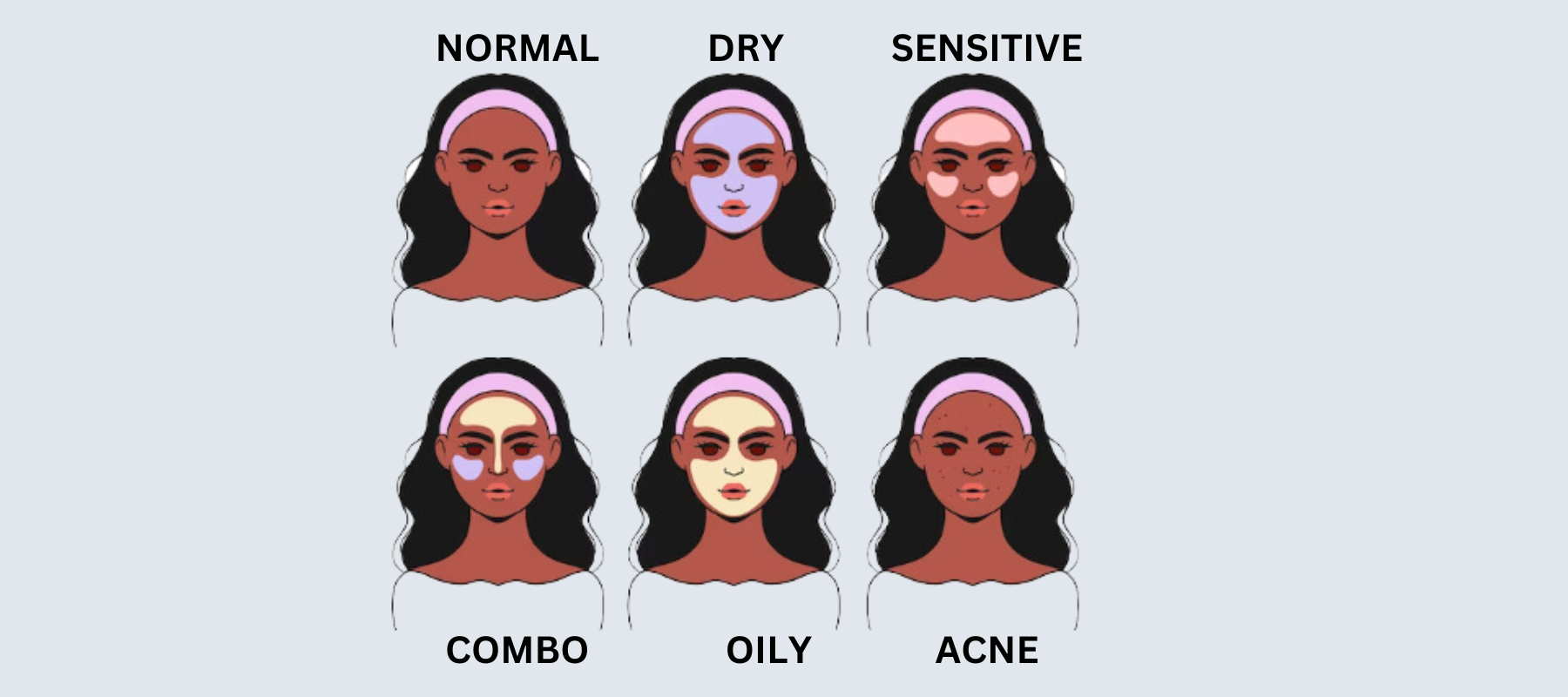
Combination Skin: How to Identify and Manage This Skin Type
You might have combination skin if you've noticed that you have dry patches of skin on some sections of your face and excess secretion of oil in places like the T-zone or your chin. Given that the needs of the various areas of your face are very distinct, it can be challenging to care for your skin properly. The only way to attain balance when you have combination skin is to stick to a combination skin care routine that takes care of all your skin issues.
Combination Skin- What is it?
You have combination skin when the skin exhibits both dry and oily skin traits. This means that your skin may be dry in some places, such as the cheeks, and oily in other areas such as the forehead, chin, and T-zone. Finding the best skin care routines for combination skin type can be challenging. The reason is that you need to concentrate on two skins rather than just one, and an oily skin routine is often incompatible with a dry skin routine.
The easiest strategy to balance your combination skin type is to handle both problems at once with a skin care routine for combination skin rather than picking and choosing which ones you address.
How Can You Figure Out If You Have Combination Skin?
It's critical to pay attention to how your skin feels on any day. Your skin's texture can disclose a lot about its type. People with combination skin can feel it through their T-zone—which is the nose, forehead, and chin—usually remains oily while other areas feel dry.
Combination skin is indicated by wide, frequently clogged pores around the nose but tiny, barely perceptible pores on the cheeks and other parts of the face. Combination skin often feels tight and dry around the cheekbones after cleansing, yet clean, fresh, and oil-free around the nose area. These are some clear signs of having combination skin.
Effective Skin Care Tips to Manage Combination Skin
A regular skincare routine tailored to promote more balanced skin is necessary to manage mixed skin. Thus, here are some pointers to assist you in efficiently maintaining a combination skin.
Cleansing
The best combination skin care product is this one! Your face's cleanser ought to eliminate dirt and grime without robbing it of its natural oils (i.e., sebum). The second step is very important because you have combination skin. After all, contrary to common opinion, using a strong cleanser will not only eliminate accumulated dirt and oil but will also encourage your skin to generate more! Your T-Zone will become greasy and prone to acne as a result. Include a sulphate- and soap-free cleanser to help keep the oil balance on your face and prevent skin irritation. To prevent oil build-up and congested pores, use it twice a day.
Multi-Masking
Most physicians and aestheticians advise avoiding piling masks on top of one another to protect your skin. After wearing too many masks with too many ingredients, your skin may become confused and irritated. The effectiveness of the original substances is diminished when incorrect ingredients are applied to the skin. Instead, try multi-masking! As one mask cannot cover all of your difficulties, pay attention to your face's many parts and problems.
Both clay and charcoal have absorbent qualities that allow them to capture excess oil on the skin's surface and right inside the pore. Because it can be removed so simply, oily parts of the face, especially the forehead, appear less glossy. Clay masks can assist in addressing excessive sebum while still moisturising skin when made with calming and moisturising components. After washing the troublesome areas, use an oil-absorbing clay face mask for combination skin types.
Exfoliation
For mixed skin, a mild BHA exfoliant is a fantastic alternative. Your skin might get rough if you use abrasive physical scrubbers and exfoliators. A BHA exfoliant maintains your skin healthily while smoothing it out, removing dead skin cells, clearing skin pores, and reducing oiliness. For best results, use an exfoliator once per week.
Moisturising
A gentle, water-based moisturiser would be perfect for restoring balance to combination skin because it tends to be oily in the t-zone but dry elsewhere. Even treating dry and oily regions can be done with the help of the same delicate, silky moisturiser.
Some experts also suggest using two different moisturisers to address the specific skin problems you are experiencing.
Also read: The Ultimate Guide to Finding the Best Moisturizer for Combination Skin
Treating Acne and Blemishes
Facial serums are thin viscous products with concentrated active ingredients. Salicylic acid and niacinamide are a few strong, active components of this skin type. These chemicals can effectively fight acne-causing germs and penetrate the deeper skin layers as serum formulations. Serums are also designed to treat blemishes or spots and to stop future breakouts and pimples from occurring.
Salicylic acid is soluble in oil, which prompts the skin's natural exfoliation process. This is a boon for oily and combo skin. This OTC component aids in the healing of acne by producing observable benefits.
Niacinamide contains antibacterial qualities that aid in treating acne, supports in reducing sebum production, helps to reduce the appearance of breakouts and calms redness with its anti-inflammatory properties. According to research, it is a skin-friendly substance that is particularly effective in reducing hyperpigmentation and maintaining barrier functions.
Also read: Which Sunscreen is Best for Combination Skin?
Conclusion
It's time to enhance your top shelf now that you know the tips for skincare combination skin. Combination skin might be challenging to take care of, but it is not impossible. To properly care for combination skin, you must discover effective products that address each skin issue without irritating it.























































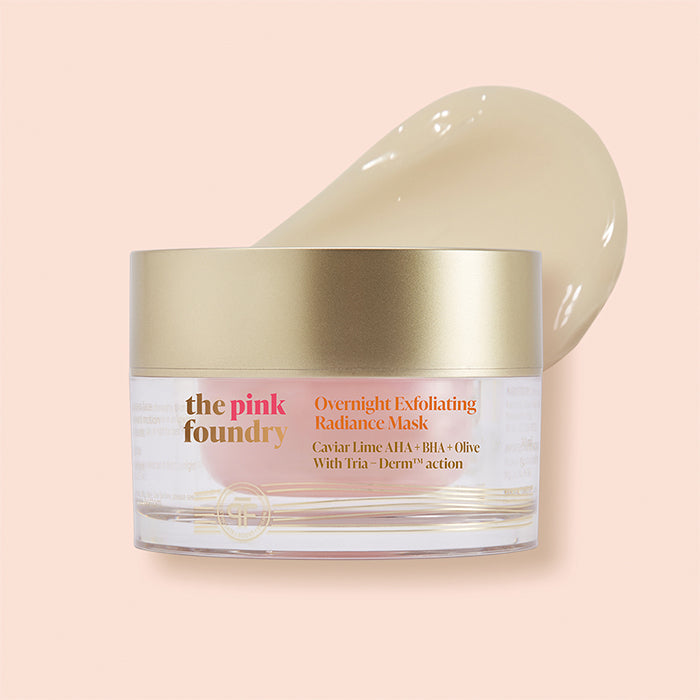
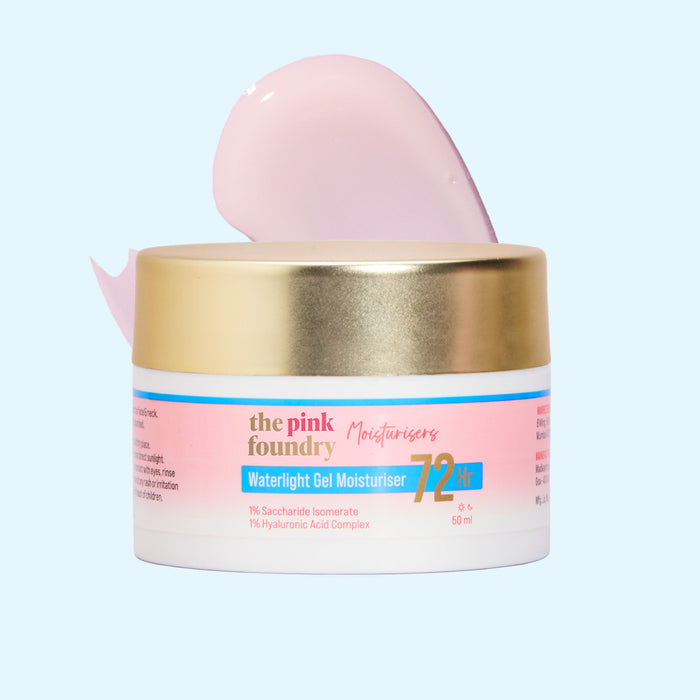

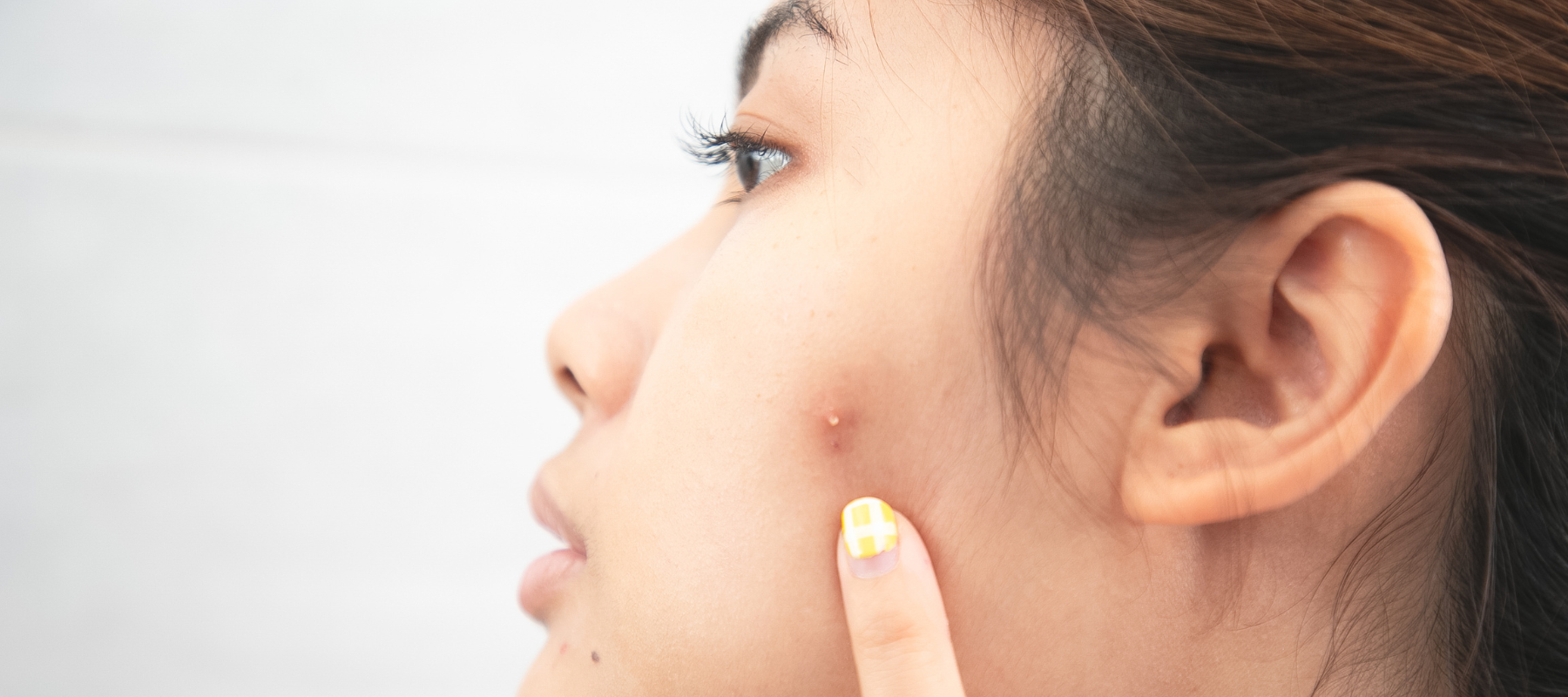
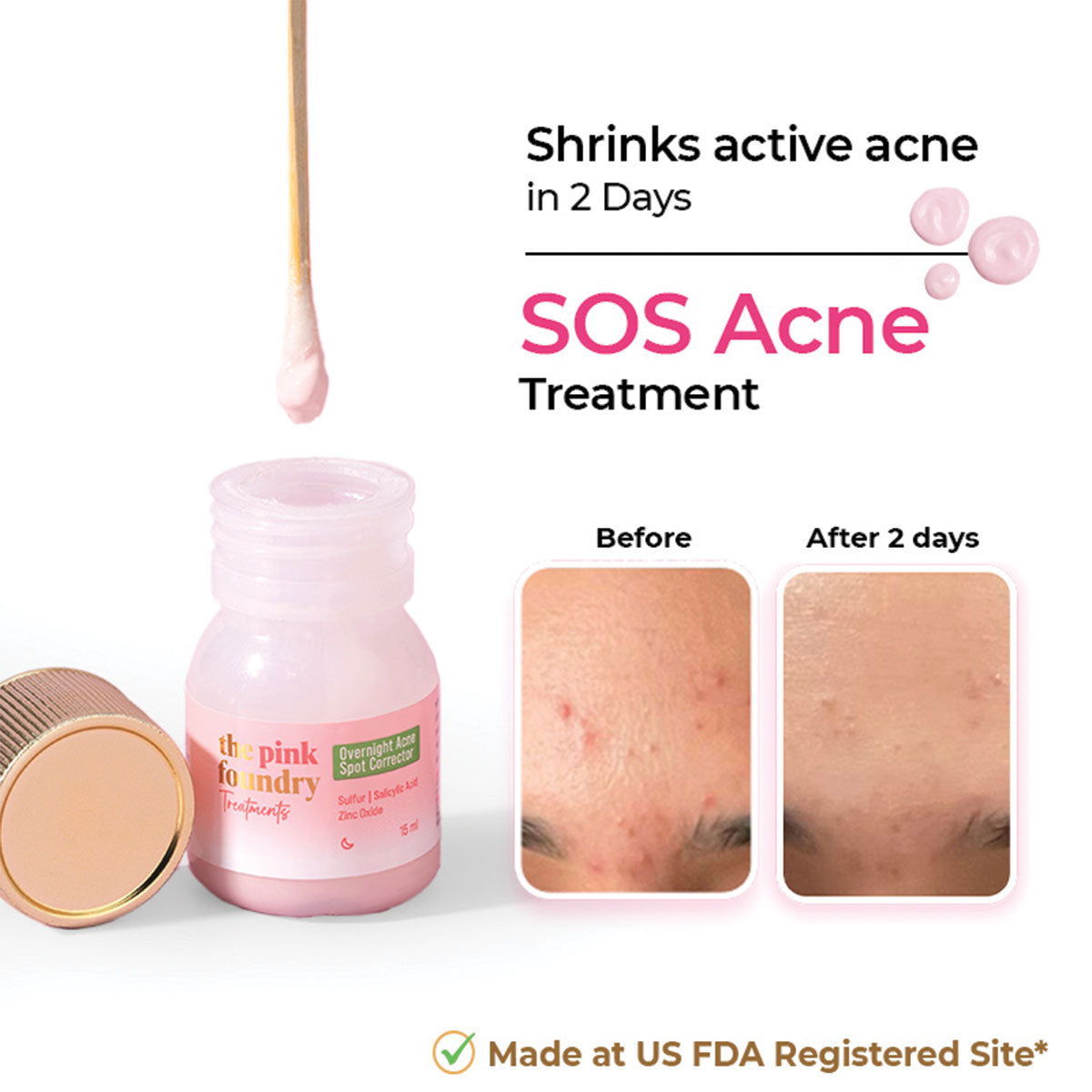
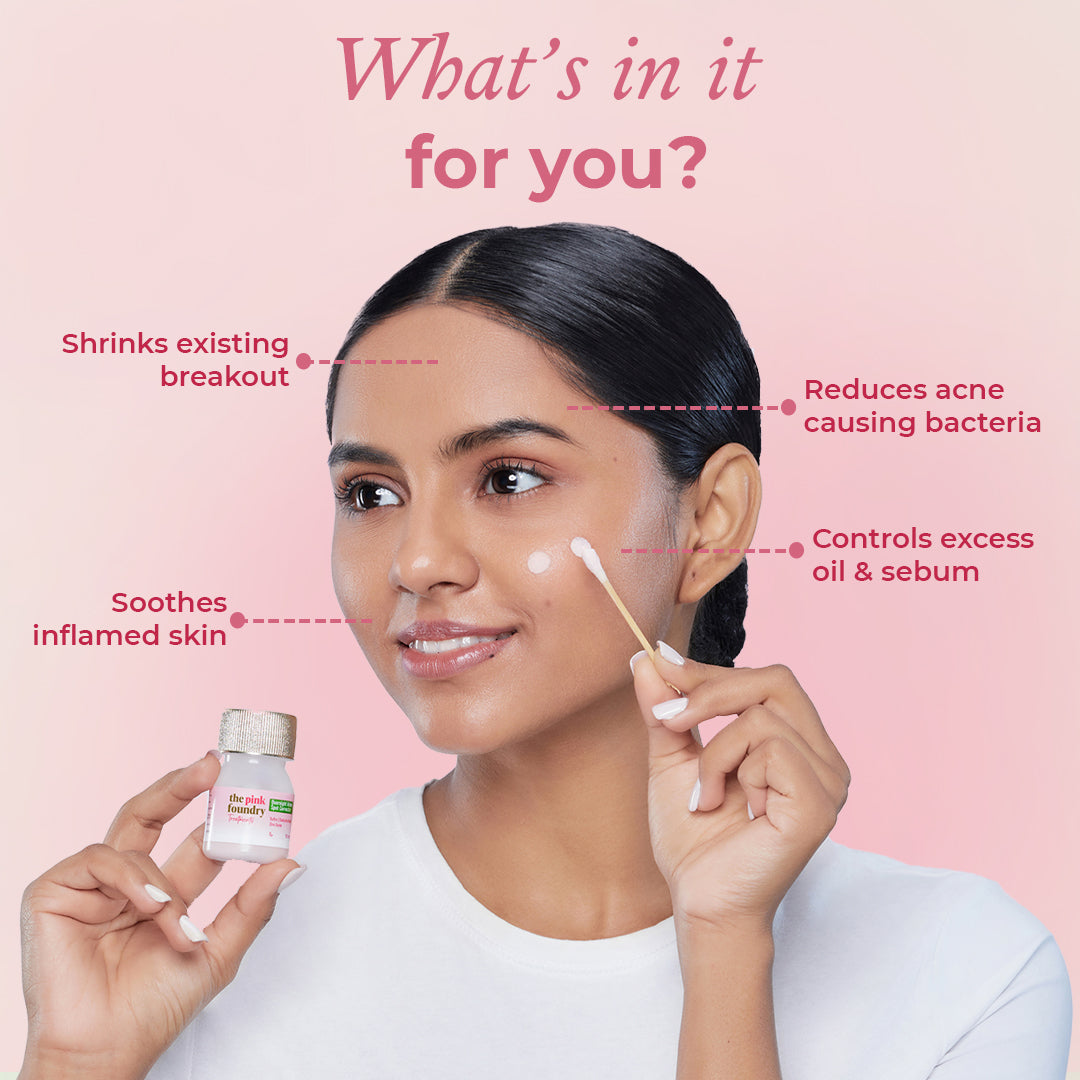
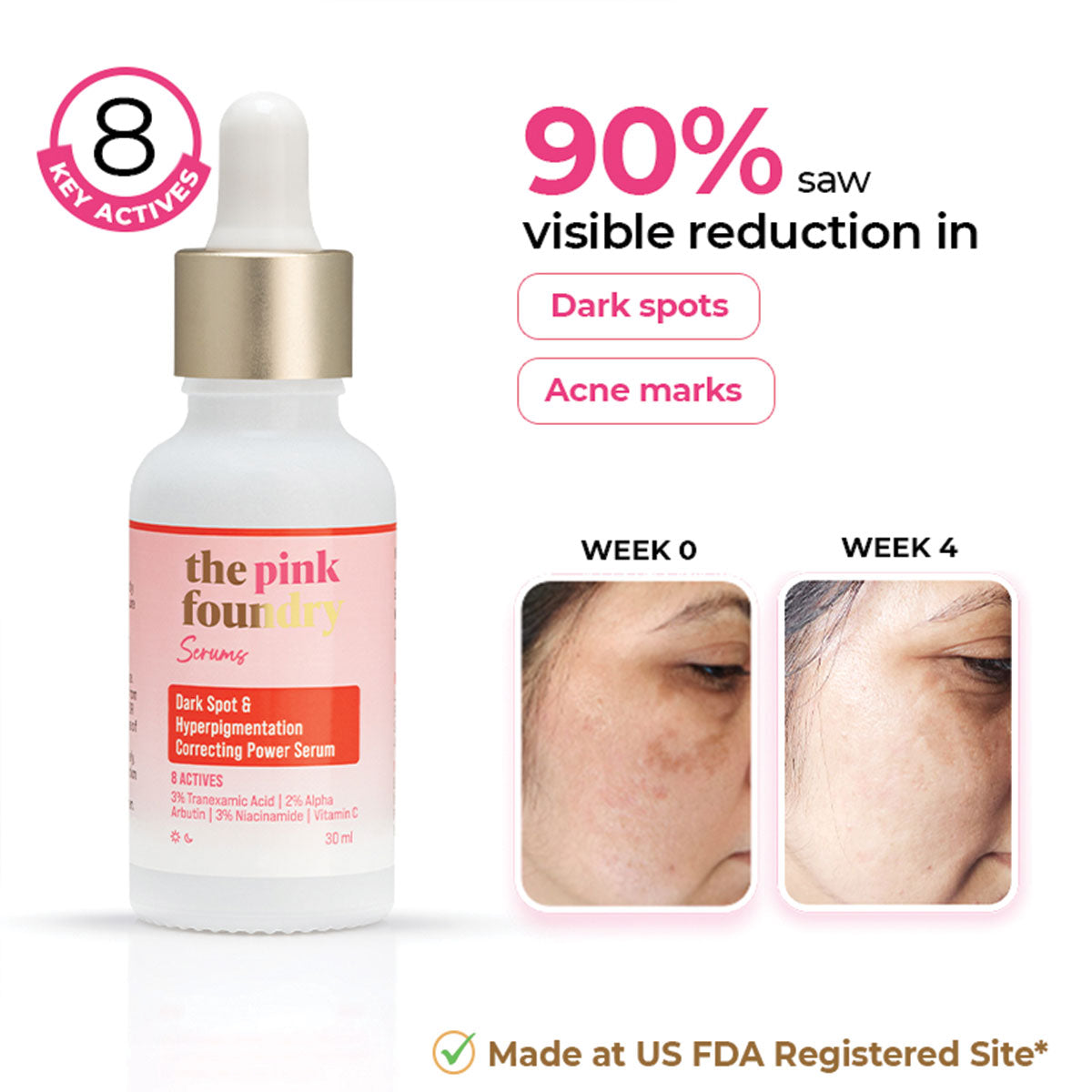
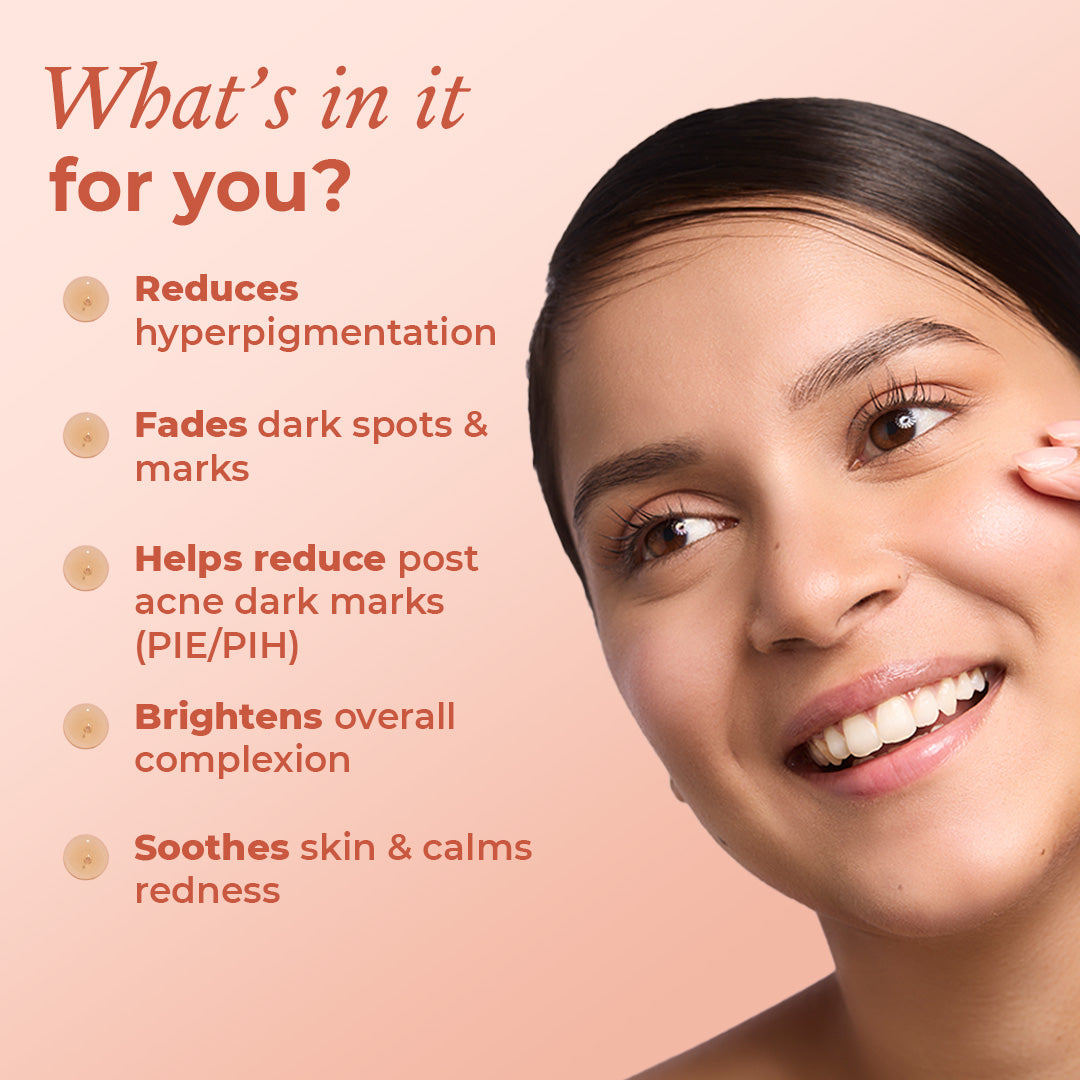
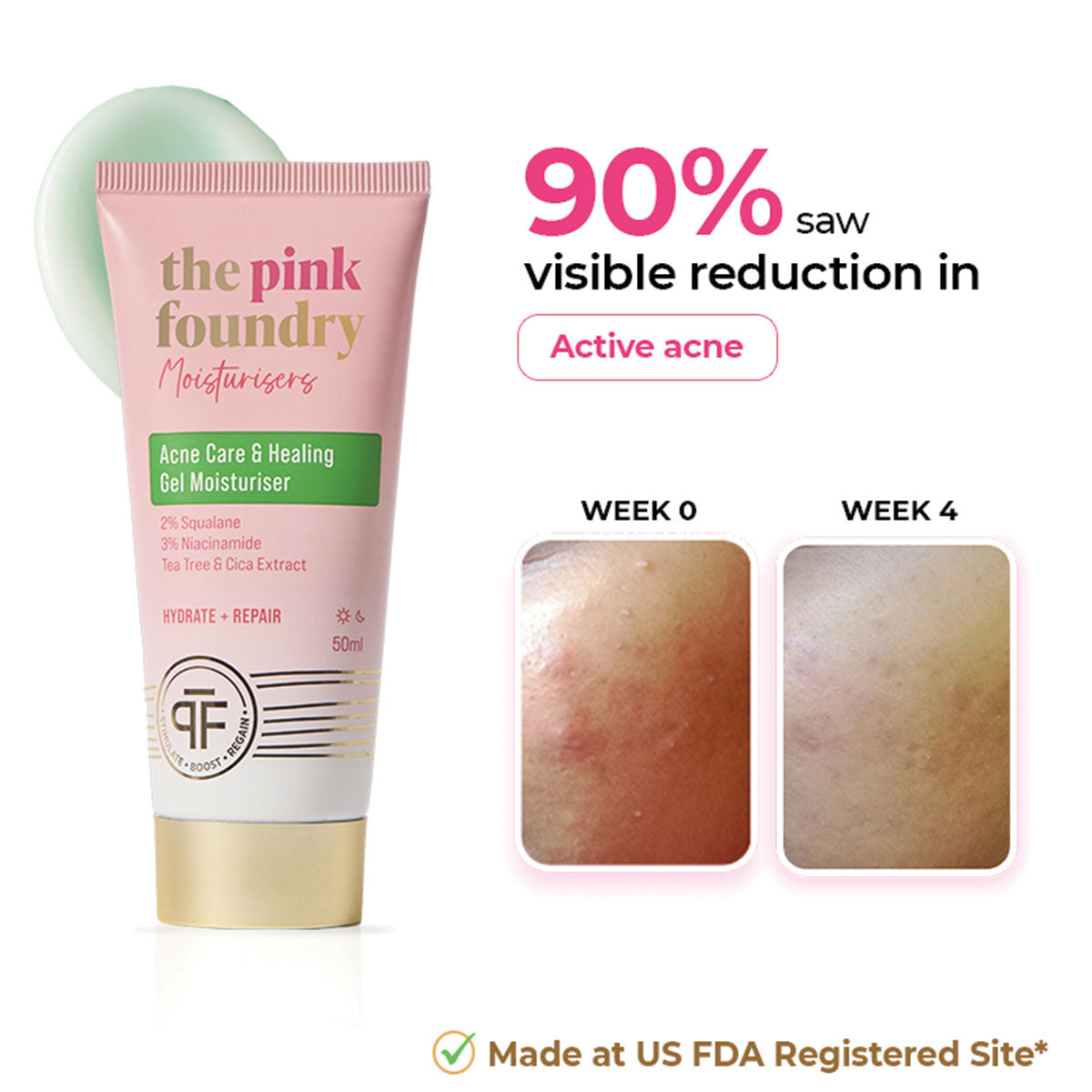
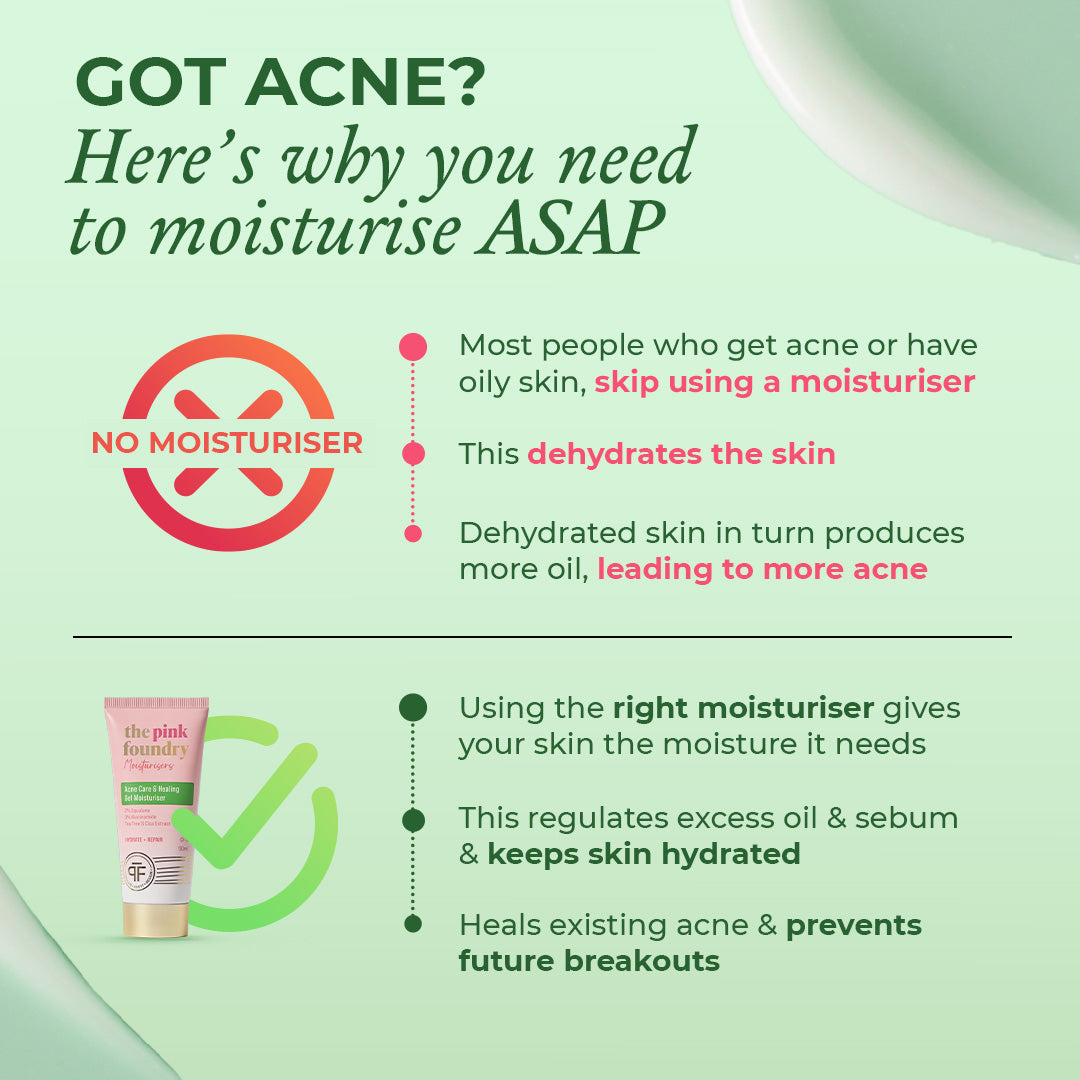
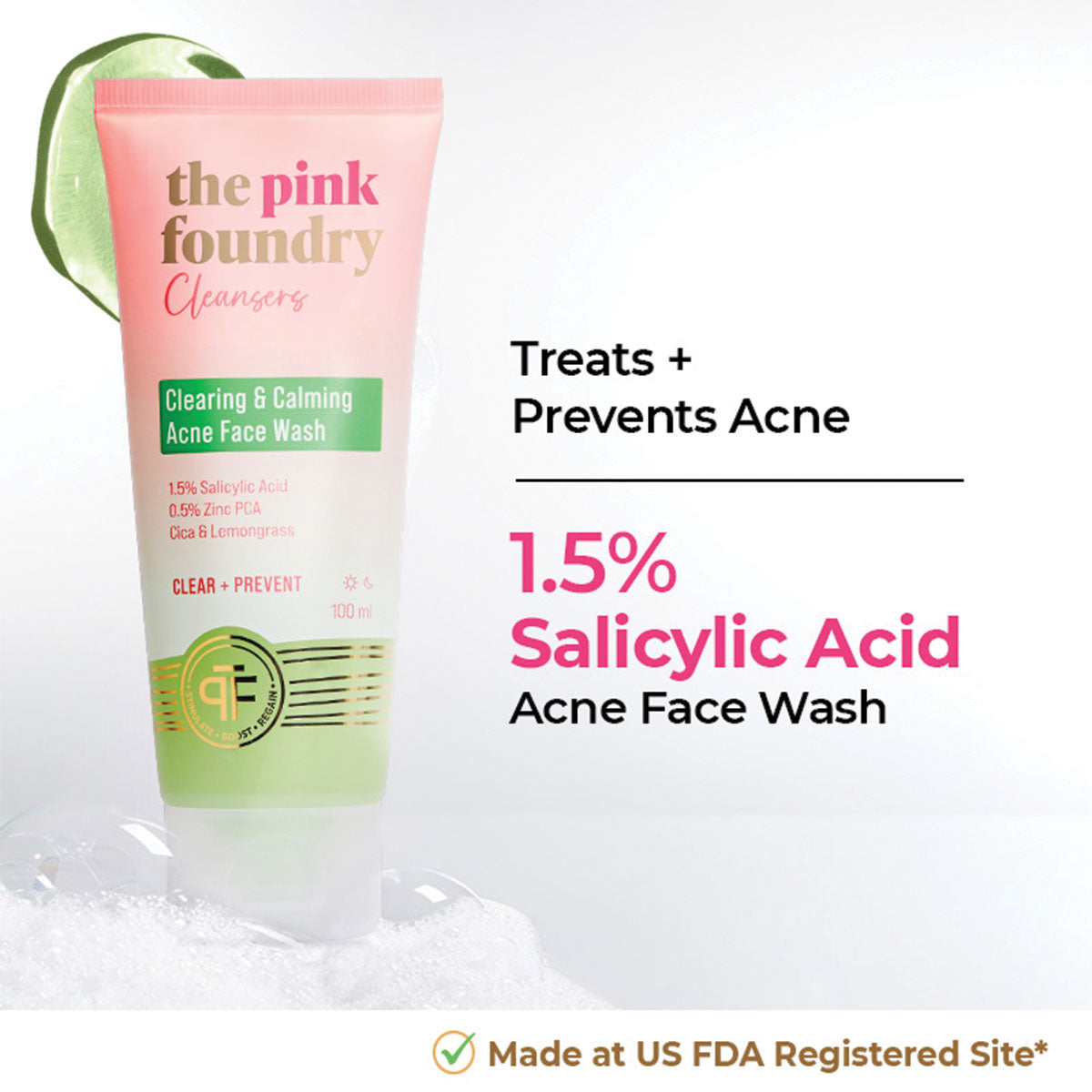
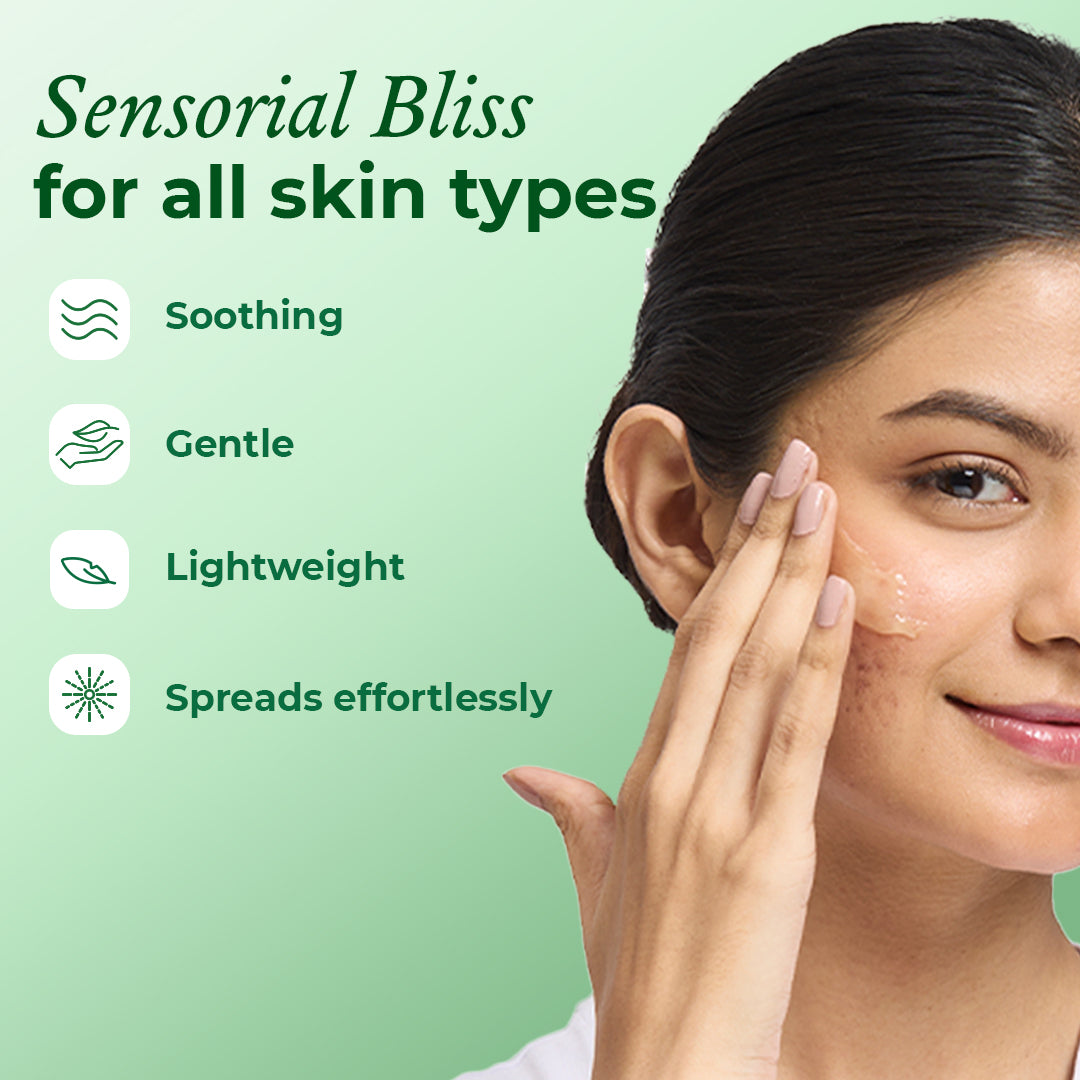
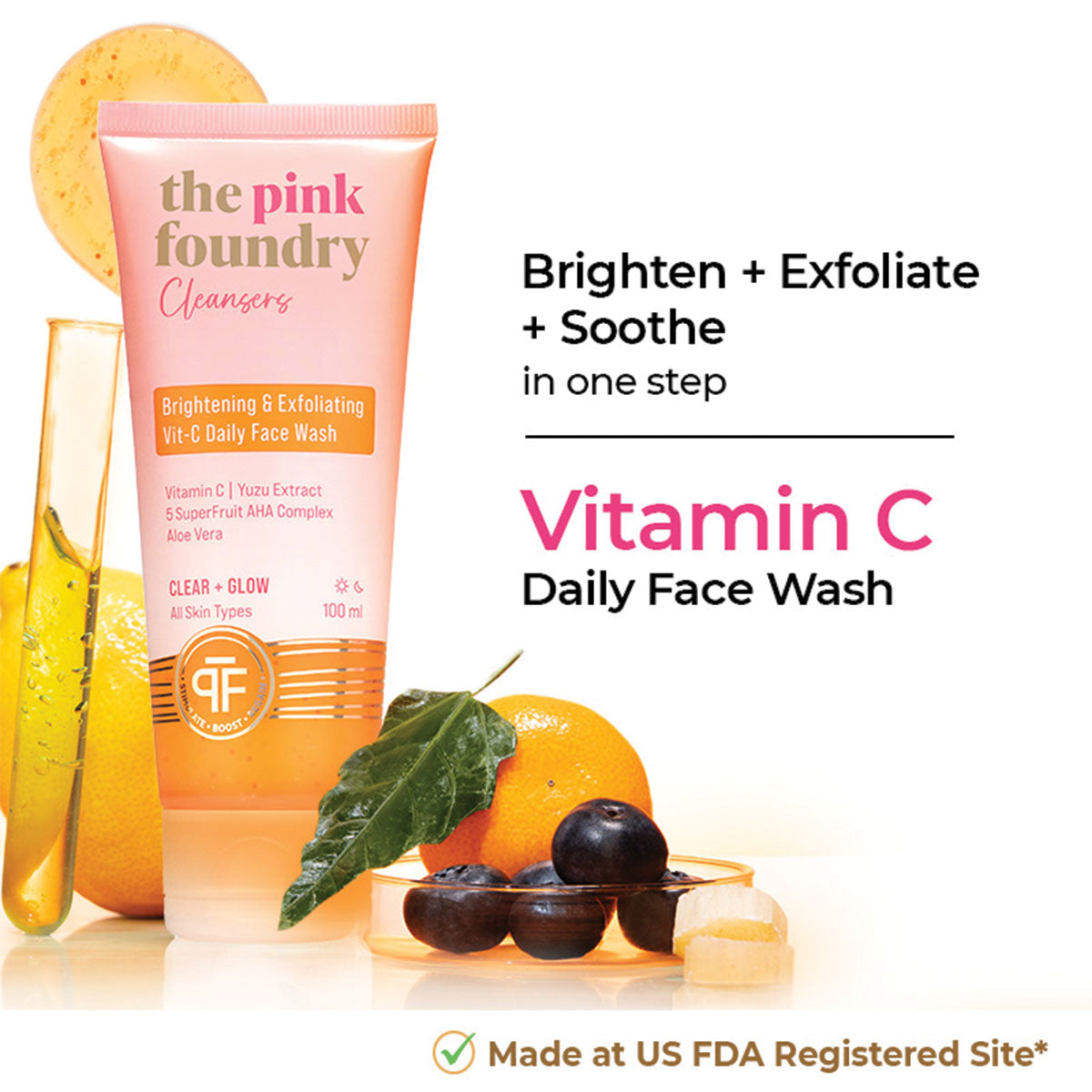
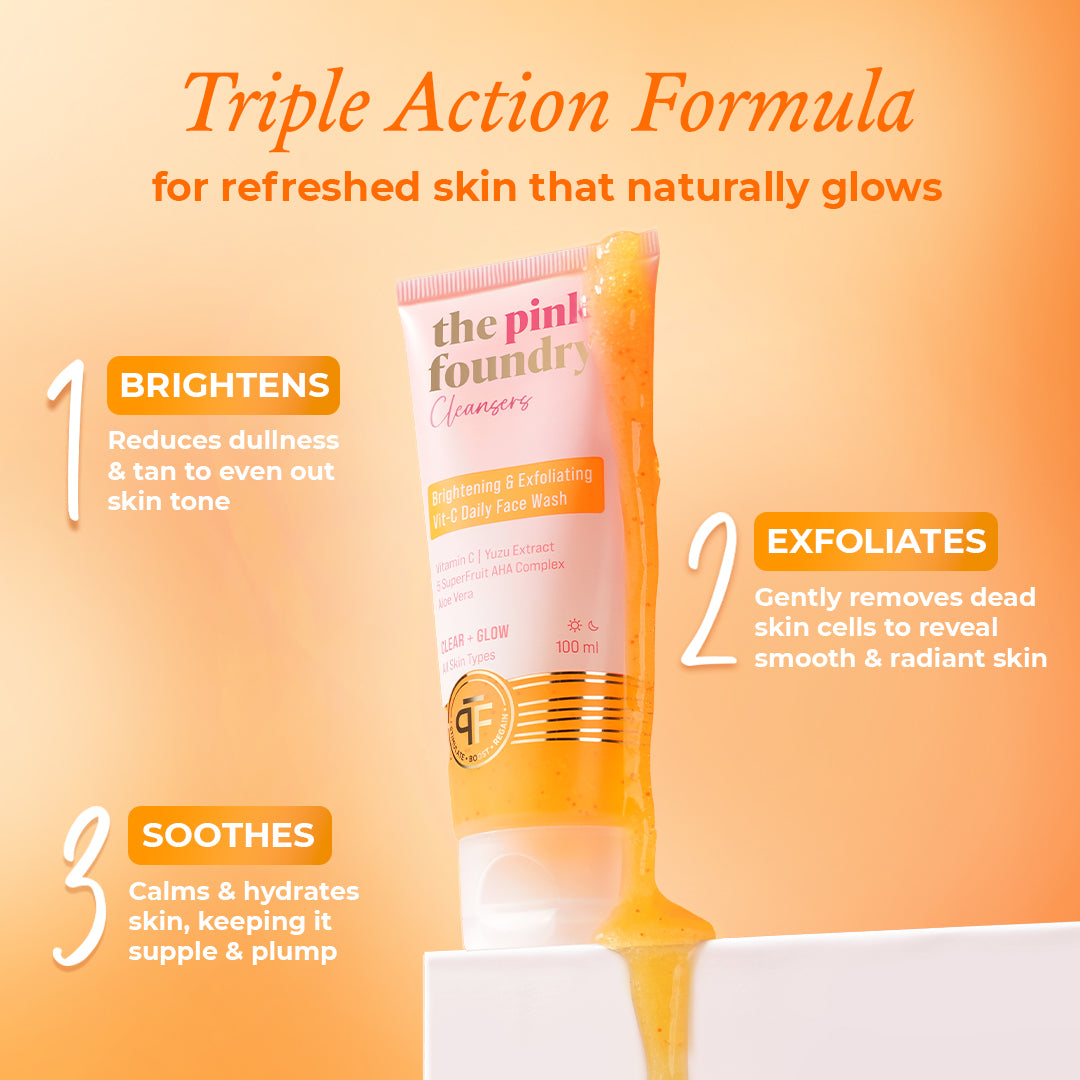

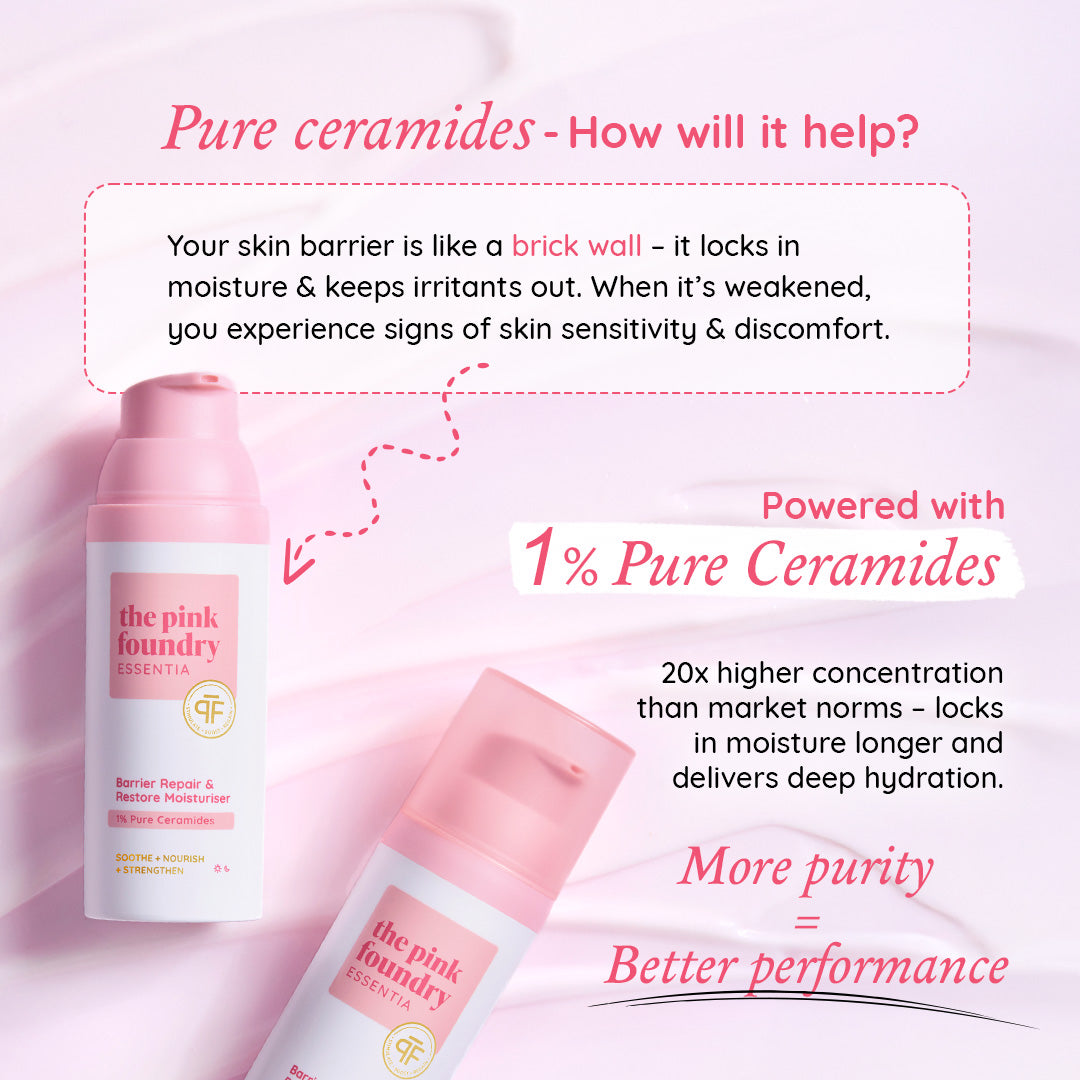




Leave a comment
This site is protected by hCaptcha and the hCaptcha Privacy Policy and Terms of Service apply.